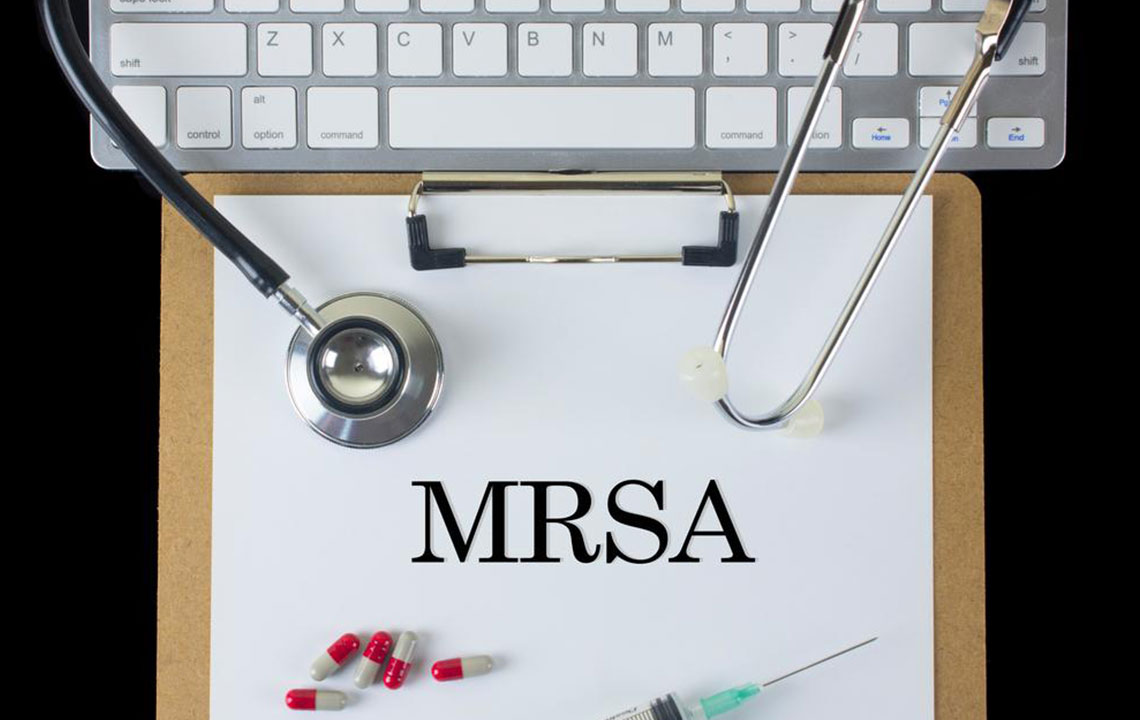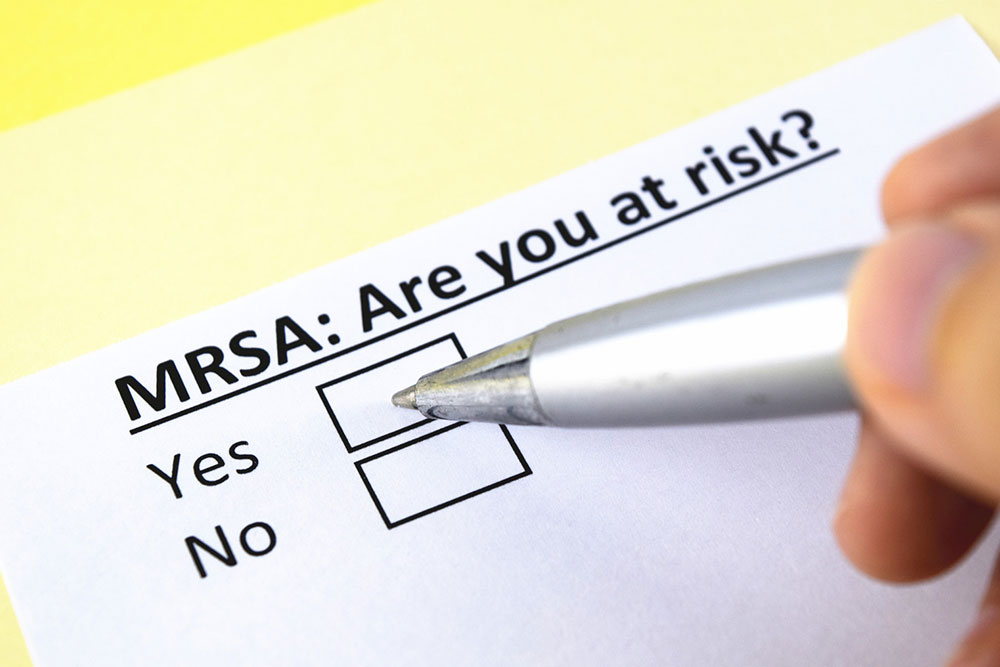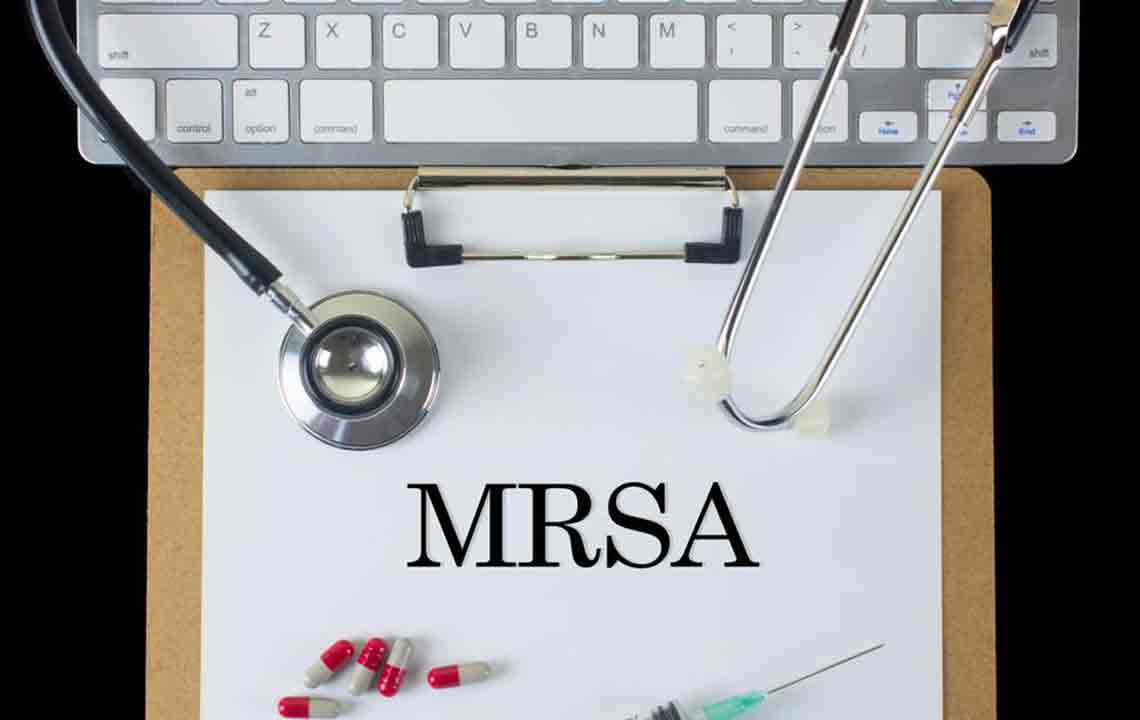Comprehensive Guide to Managing and Preventing MRSA Infections
Learn detailed strategies for managing and preventing MRSA infections, including symptoms recognition, treatment options, and hygiene practices. This comprehensive guide emphasizes early diagnosis and proactive measures to control the spread of this resistant bacteria, helping individuals and communities stay protected and healthy.

Effective Strategies for Controlling MRSA Infections
Methicillin-resistant Staphylococcus aureus (MRSA) is a formidable bacterial pathogen known for its resistance to commonly used antibiotics. This resistant strain of bacteria poses significant health challenges, especially because it can cause severe skin infections, pneumonia, and bloodstream infections if not managed properly. As an antibiotic-resistant superbug, MRSA requires specialized treatment approaches, timely diagnosis, and diligent preventive measures to curb its spread and reduce the risk of complications. This comprehensive guide explores the causes, symptoms, treatment options, and preventive strategies for MRSA infections, empowering individuals and communities to combat this persistent threat effectively.
Understanding the intricacies of MRSA is crucial in managing its impact. MRSA is commonly transmitted through direct contact with infected wounds, contaminated surfaces, or sharing personal items such as towels, razors, and clothing. Environments like hospitals and healthcare facilities, where invasive procedures and compromised immune systems are prevalent, are especially vulnerable to MRSA outbreaks. Individuals in close-contact settings—such as schoolchildren, athletes, and military personnel—are also at increased risk. Recognizing early signs and symptoms of MRSA can facilitate prompt medical intervention, minimizing severity and preventing spread.
Symptoms of MRSA infection can vary but typically include painful red bumps that resemble pimples or boils, warmth over the infected area, pus or other drainage, fever, and swelling. Children often develop infections at minor cuts, insect bites, or broken skin, making vigilance essential. Advanced infections may lead to tissue necrosis or systemic complications like sepsis if untreated. Effective treatment depends on the severity of the infection but generally involves targeted antibiotics such as vancomycin or linezolid. In addition to medication, maintaining strict hygiene practices is vital for controlling the infection’s progression and preventing secondary infections.
Beyond medical treatment, comprehensive home care and preventive protocols are fundamental. Healthcare professionals may recommend topical ointments or antiseptic washes to contain localized infections. It’s crucial for patients to complete the entire antibiotic course, even if symptoms improve, to prevent antibiotic resistance and recurrence. Family members and close contacts should be educated on hygiene practices and may need prophylactic measures. Regular hand washing with hot water and soap, avoiding sharing personal items, and disinfecting contaminated surfaces are essential steps. Covering wounds with waterproof bandages, changing linens frequently, and washing clothing at high temperatures significantly reduce transmission risks. Vigilance in monitoring symptoms and adhering to hygiene protocols can effectively combat MRSA, safeguarding individual and public health.





